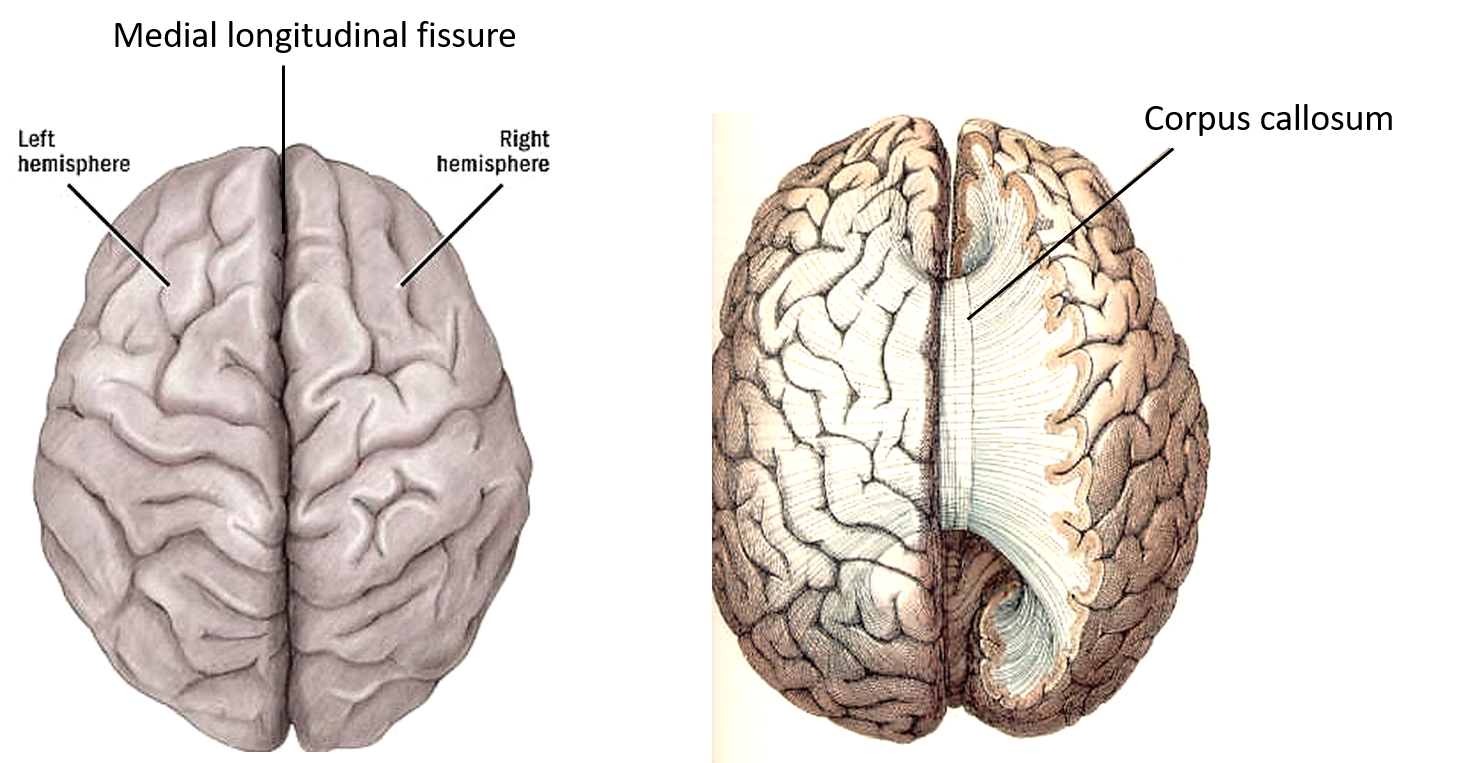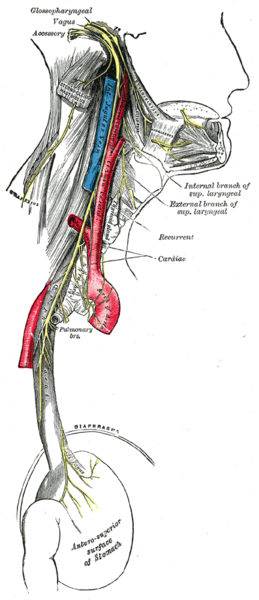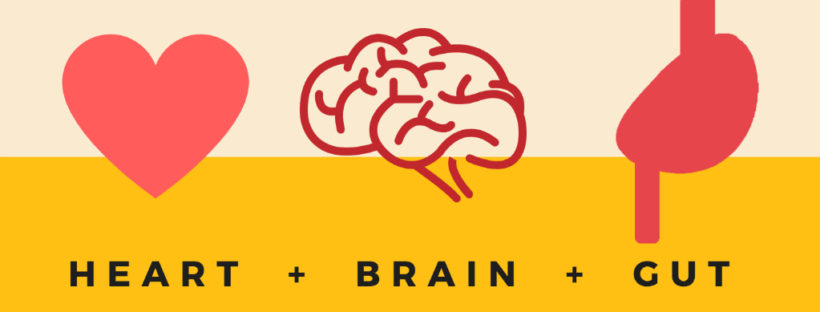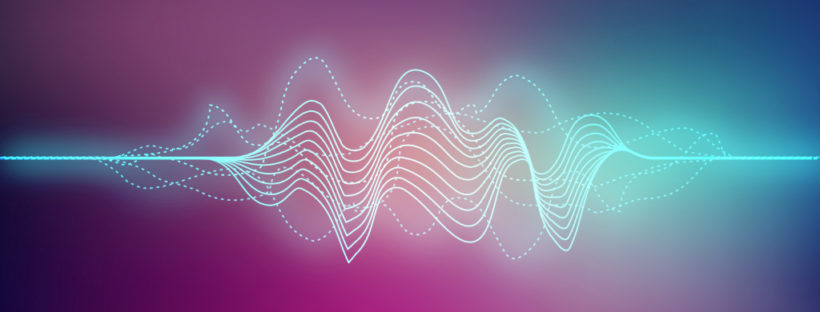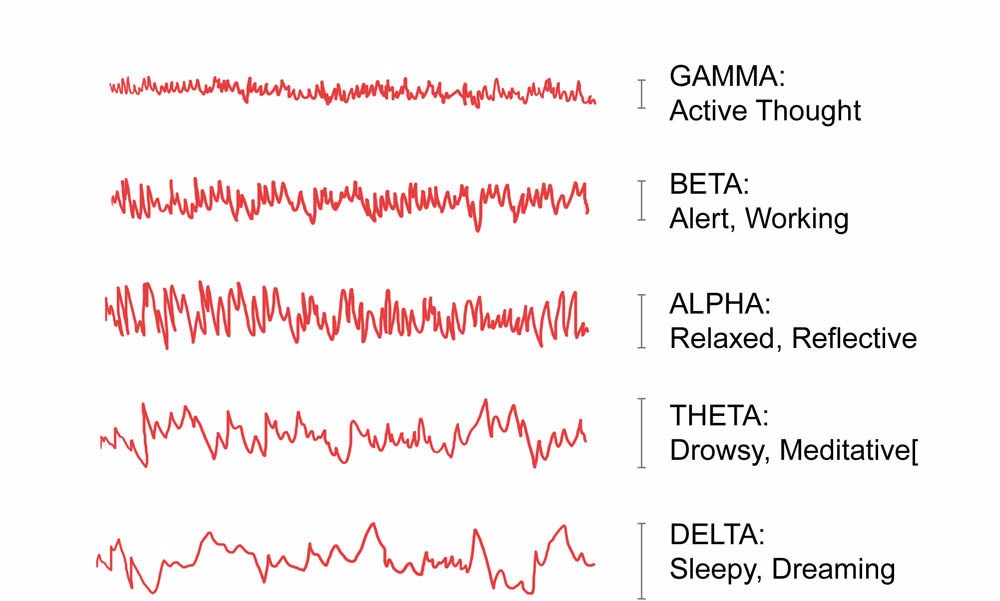The definition of success is personal.
In this case, we’ll have it be whatever you want to achieve or obtain. The attainment of a goal that is important to you and part of your plan.
“You know when you’re successful when you feel fulfillment. If you feel stuck or empty, you’re doing it wrong.”
-Consciousness Liberty
For those of you who don’t know me, my mission is to help you free your consciousness and help redefine the paradigms that we live and work by.
One of those paradigms is the “work hard” wave we’ve been riding in our working culture. American culture, Chinese culture, and many others we have glorified working long hours, “putting in overtime”, “grinding”, “working hard” and “being on-call”.
I don’t know about you, but for me, doing things hard usually means that your skillset is not well equipped for the task at hand.
When you are properly equipped for a task, it is not hard, it’s fluid, it’s enjoyable, it’s effective and efficient, (and in some cases masterful). It’s not hard.
Hard is not optimal. It’s an indicator of friction and by definition an indicator of expending, energy, effort, force or strength into a task.
It’s force. Not power.
And that’s an important difference.
Due to this “work hard” culture, we overwork to the point of compromising our health, our happiness, our productivity, enjoyment, and ultimately – our success.
We’re Too Busy to Create Our Own Success
Our obsession with pushing and working long hours, actually makes us more inefficient in our work. For example, we expect our coworkers to put in long hours, so we take long lunches, schedule long meetings and run them poorly. Being poorly prepared for a meeting and wasting time.
Plus…
It ignores this critical component of success nobody talks about.
Reflection
Why?
We’re too busy being busy, and sharing with everyone how busy we are. We don’t make the time to come up for a breather and realign on our priorities, activities, and the way we do them.
We are in a whirlwind of work that always fills up the time allotted.
And boy do we give it time.
Most of our time.
It’s important to reflect on our tasks and consider,
- What’s the impact of this?
- Is this getting me closer to my ultimate goal?
- What is my ultimate goal?
If you don’t know the answers to these questions, you’re expending a lot of energy on activities that fill up your day, and ultimately your life, and take you no closer to your success.
“If you always do what you’ve always done, you’ll always be where you’ve always been.”
– T.D. Jakes
Reflection, the Missing Piece to Your Success
You know how at the beginning of this article we talked about how success is personal?
Well, that’s a big deal because you can be a “high performer” at work and be rewarded for your long hours and extra effort and not be “successful” because you’re not fulfilled. You’re checking off tasks at work, but they aren’t the tasks that really matter to you.
Or you may be struggling to keep up at work, and compromising your health and your most precious relationships.
And may not even realize it when it’s happening because you’re too busy.
“Without reflection, we go blindly on our way, creating more unintended consequences, and failing to achieve anything useful.”
– Margaret J. Wheatley
The Benefits of Reflection
If you’re used to the “go, go, go”, “caffeine and crush”, “sleep when you’re dead” culture, reflection can seem painstaking, or worse, a waste of time.
So, why reflect?
Besides the fact that the most famous Emperor of Rome did.
Anyway, so here’s why.
Reflection allows you to gain perspective, deeper wisdom, more alignment, plan new more effective actions, more effective strategies, and gain insights and ideas that can be used to further maximize your time, processes, impact and potential.
University of Florida researchers found that those who start the day by thinking of the kind of leader they want to be were more effective at work.
A University of Zurich study concluded that reflecting on past personal challenges you’ve overcome helps you process negative experiences.
So, what do you get when you have that alignment?
When you’re doing the things that are most important to you?
Happiness and fulfillment.
And as Socrates once said, a life worth living.
Why Does Reflection Make Such a Big Difference?
We go through life having experiences. When you have significant experiences that are of high emotional intensity or high consequence, your mind will automatically create a reference point to better handle that specific situation (and situations like it). it’s a biological survival program.
This works pretty well for some basic life situations: don’t touch that plant again (it’s poison ivy). Don’t talk to that person(they are mean), eat that thing, (that was delicious). But sometimes situations get more complex and your biological survival system can backfire. Don’t speak your mind in the meeting (that was not well received).
As John C. Maxwell said, reflection turns experience into insight. Reflection fine-tunes what success means to you and what are the strategies and steps to get there.
And in some cases, it defines that.
“I never make the same mistake twice. I make it like five or six times, you know, just to be sure.”
-Unknown
Kind of funny how that quote is by Unknown. Anyway, let’s move on.
Types of Reflection
For the purpose of effectiveness, we’ll make a distinction between reflection and self-reflection. They are pretty much the same thing, but a distiction can be made that will improve your practice.
- Self-reflection – What Socrates calls “knowing Thyself”. When you reflect on you. On your understanding of what “you” are.
- Reflection – Distinguished by reflecting on your work, tasks at hand, projects, etc. in a specific situation.
“Knowing yourself is the beginning of all wisdom.”
-Aristotle
How to Reflect
There are many exercises and ways to reflect. For our purposes here, let’s keep it simple.
- Ask yourself questions. Self-dialogue.
- Preferably write things down.
Remember, the quality of your questions will determine the quality of your results.
In a specific situation such as a project or event, there are some fundamental questions that can help you get the ball rolling.
- What is my goal?
- Is this serving my goal?
- What did I do? What happened (cause)
- What was the result? (result)
- What could I have done better/different to have better results?
- What valuable lessons did I realize?
- How can I incorporate/ integrate these into my work, life, behavior?
- What should I start doing? Stop doing?
That’s pretty much it. I suggest setting aside time every day or every week for reflection (Bonus points for scheduling it into your calendar). It’s a conscious design of the evolution of you. Many people find that various journaling practices are an excellent tool for reflection.
How to Self-Reflect
If you want to do general self-reflection, the same process applies.
Knowing yourself is a critical part of your wellbeing, success and fulfillment.
So, I created a list of questions for you to get right to it. You can find them here.
Reflection & Marcus Aurelius
One of the greatest exemplars of reflection practice was the Roman emperor Marcus Aurelius. His private writings to himself we published and popularized as the work, Meditations in the category of Stoic philosophy. The Meditations of the Roman Emperor Marcus Aurelius have been read by many historians, philosophers and leaders as they provide insights into the great mind of this Imperial Ruler.
Reflection & The Law of Duaity
In hermetic philosophy, there is a universal law known as the Law of Duality.
The practice of reflection satisfies this law, which maximizes your effectiveness. In this way, you can avoid burnout, boredom, and imbalance. And live a life that is fun, inspires your work and helps you work better.
If you are to compare work to weight lifting, it’s during the periods of rest that your muscles get stronger. It’s during your reflection time that you integrate and align your learnings.
And YOU get stronger.
The Practice of Reflection
In order for you to be successful in starting your new reflection habit, I invite you to create time and space for the reflection practice. Set yourself up for success by scheduling a recurring time in your calendar for this.
Here are some quotes to give you a gentle butt-kick of inspiration.
“Without deep reflection one knows from daily life that one exists for other people.”
-Albert Einstein
“People who have had little self-reflection live life in a huge reality blind-spot.”
-Bryant McGill
“The more reflective you are, the more effective you are.”
-Hall And Simeral
Let’s slow down to speed up together.
Refrences:
https://kidadl.com/articles/top-reflection-quotes-to-gain-perspective
https://antimaximalist.com/self-reflection-quotes/
https://fromemuseum.org/challenges-faced-by-socrates/
https://nwyatt227.medium.com/3-lessons-to-live-by-from-marcus-aurelius-9c33759e9e77
https://www.tandfonline.com/doi/abs/10.1080/14623940903138266
https://www.ncbi.nlm.nih.gov/pmc/articles/PMC5703031/
https://web.media.mit.edu/~mres/clubhouse/handouts/reflection-v6.pdf
Read more at https://www.brainyquote.com/topics/reflection-quotes










